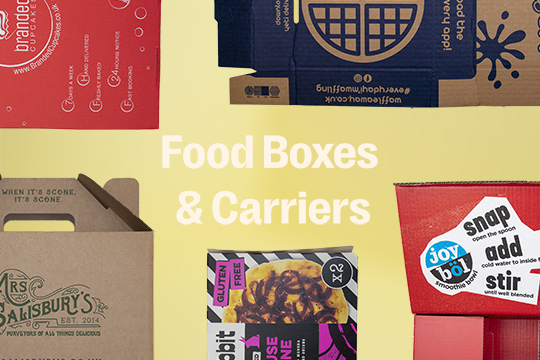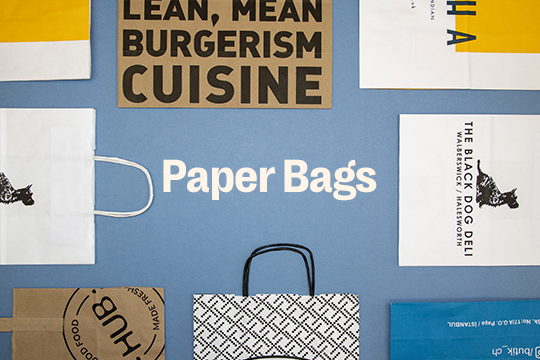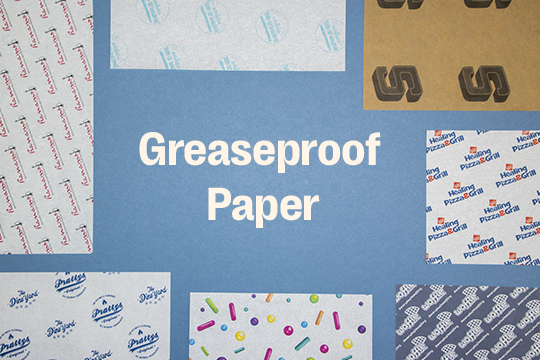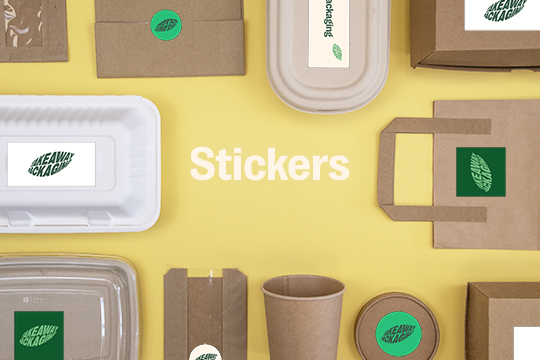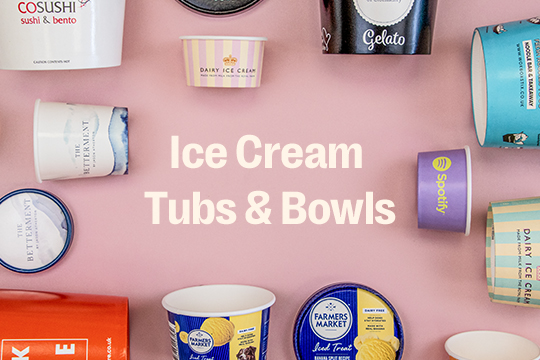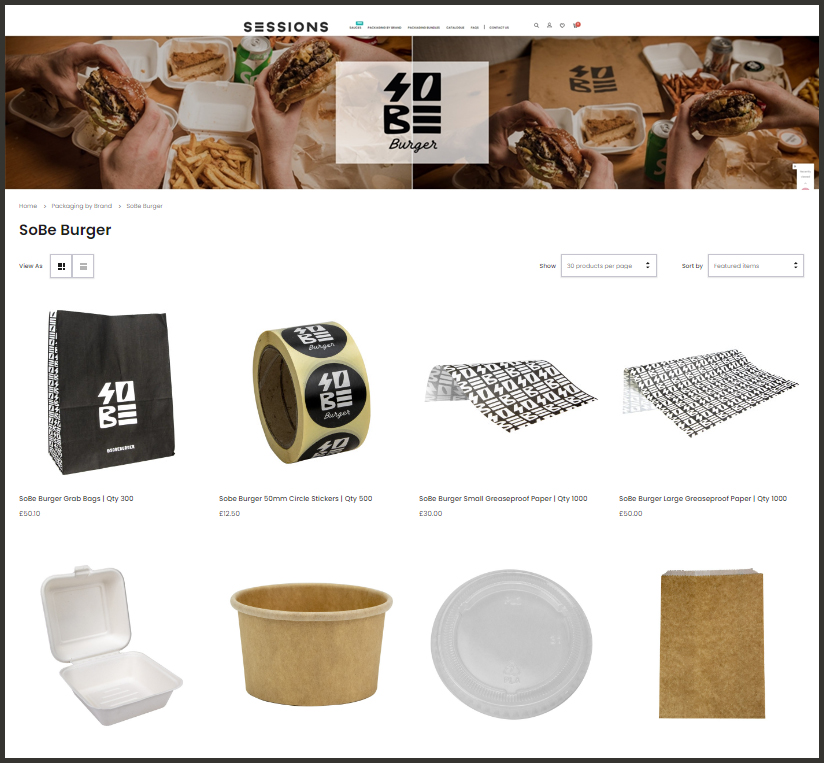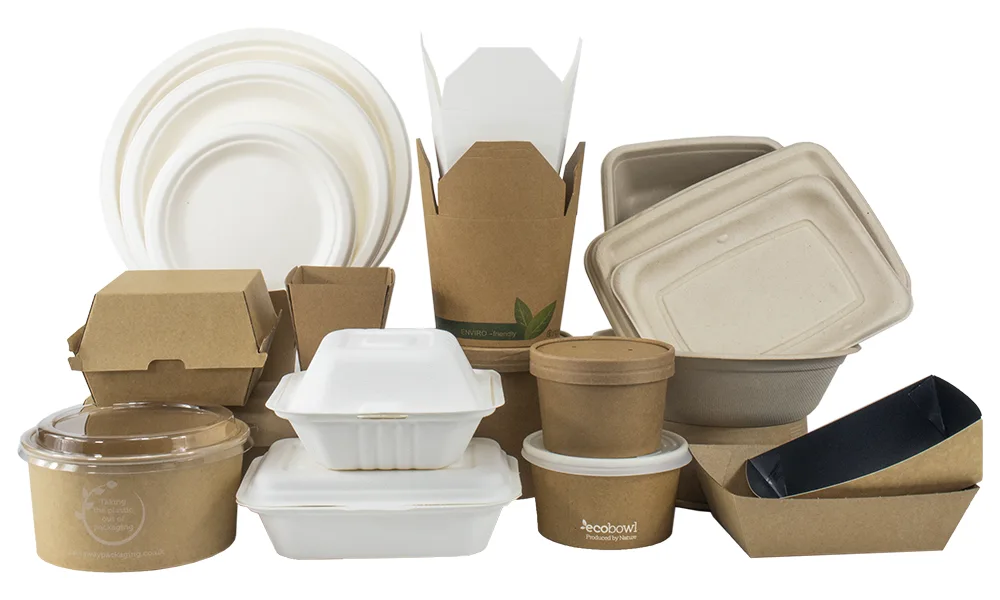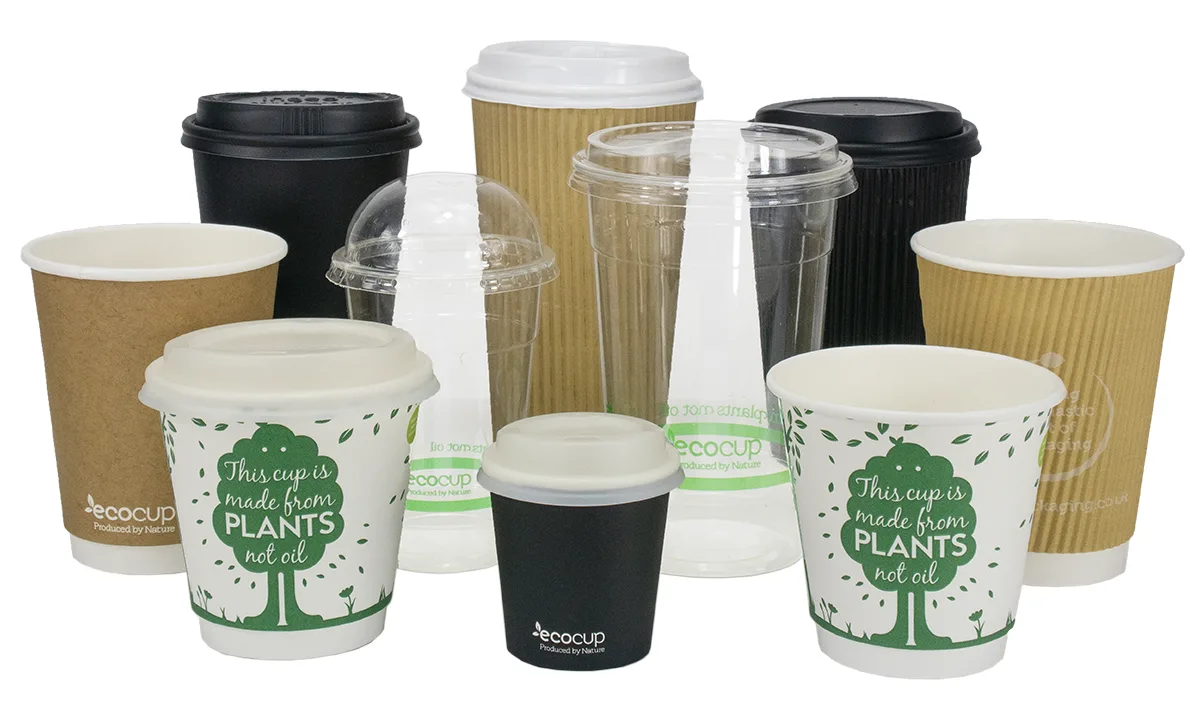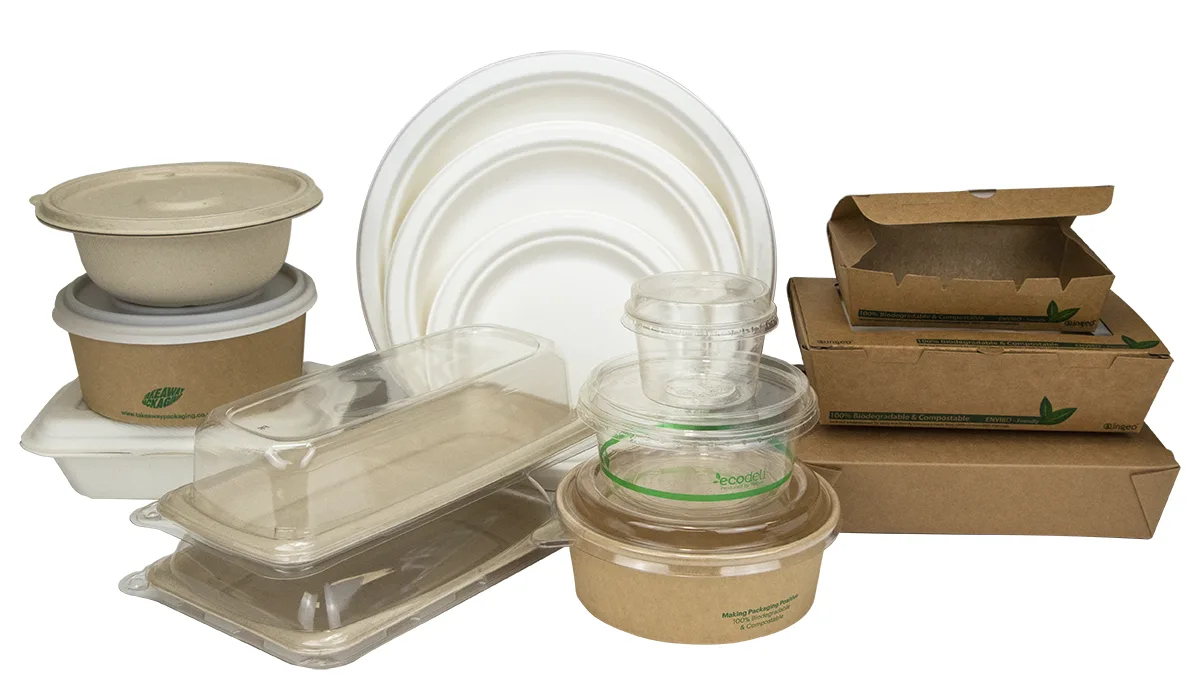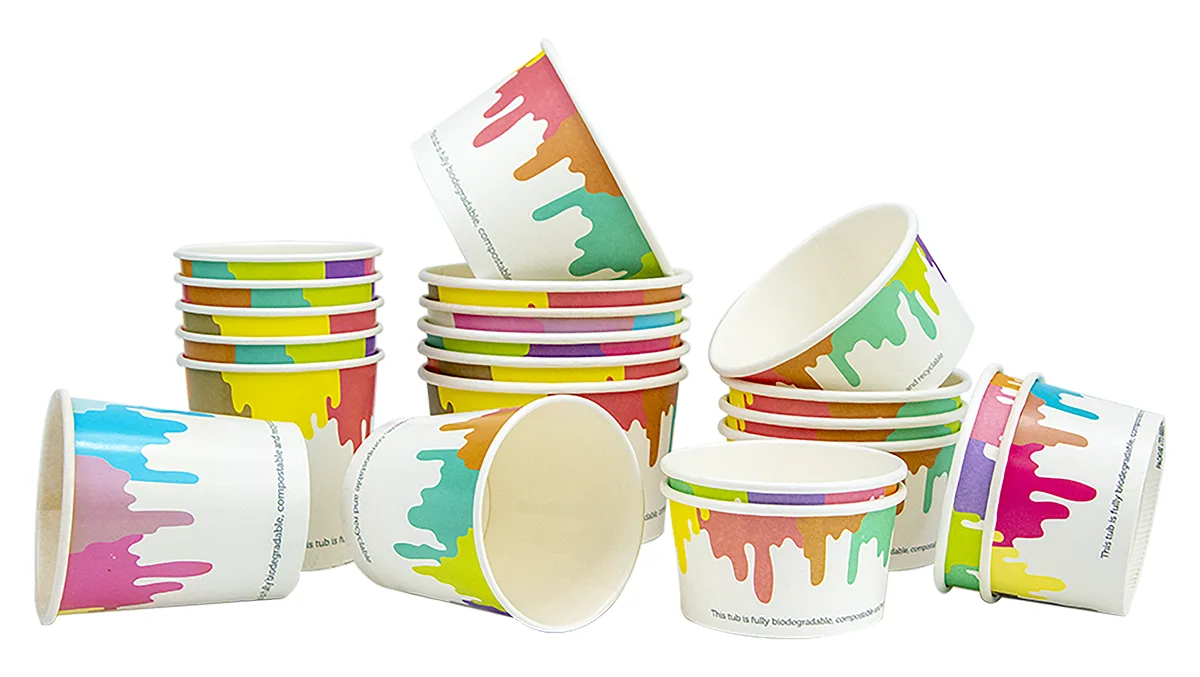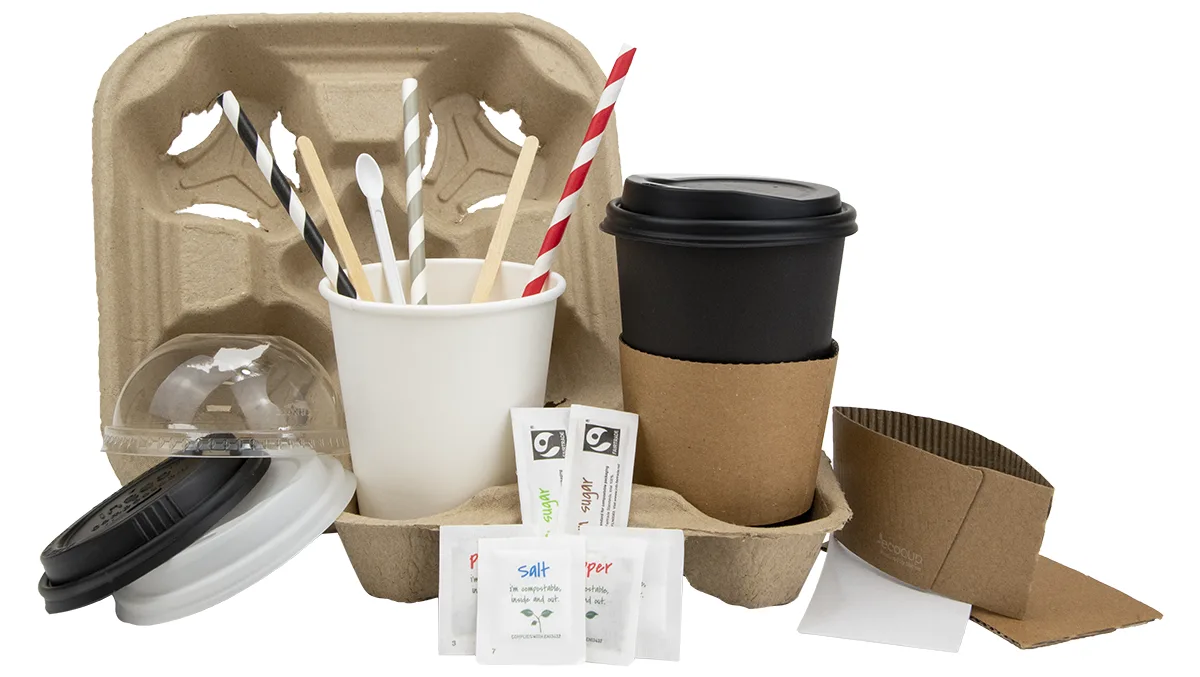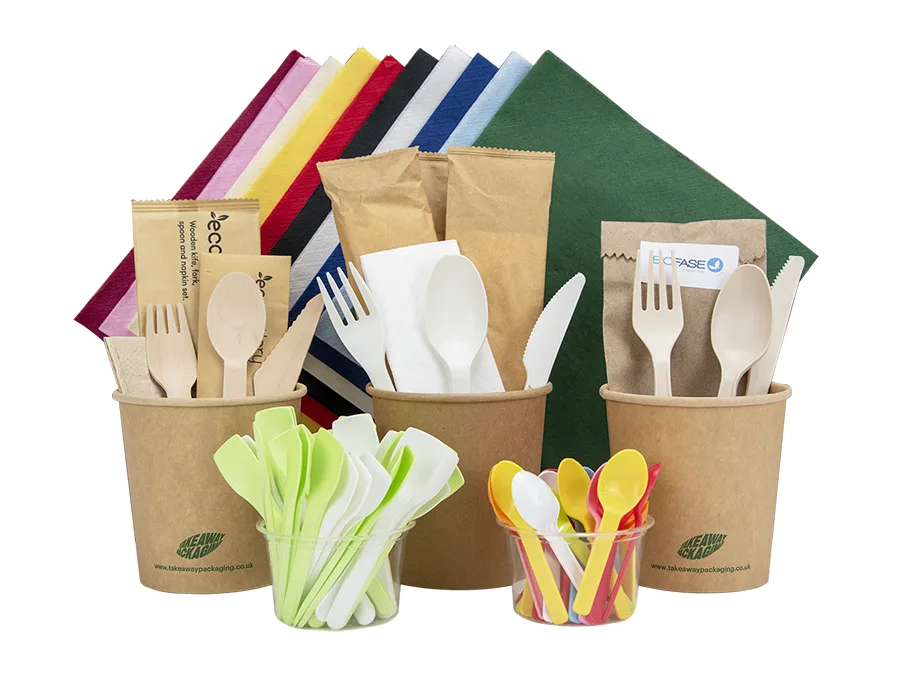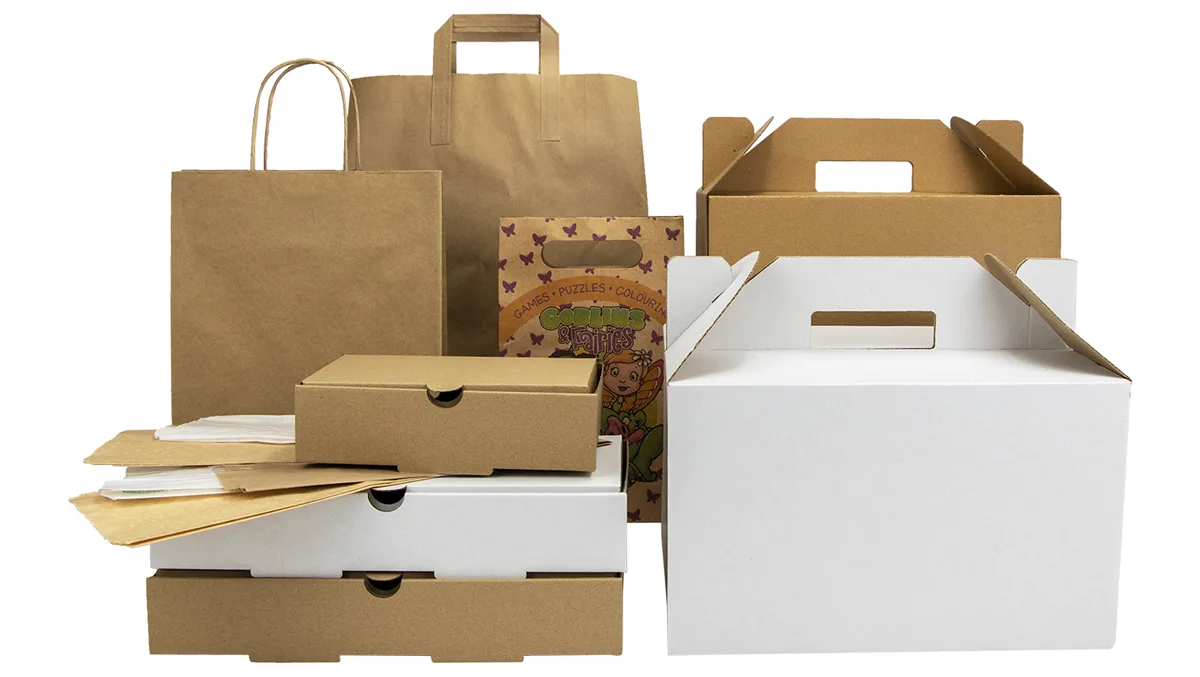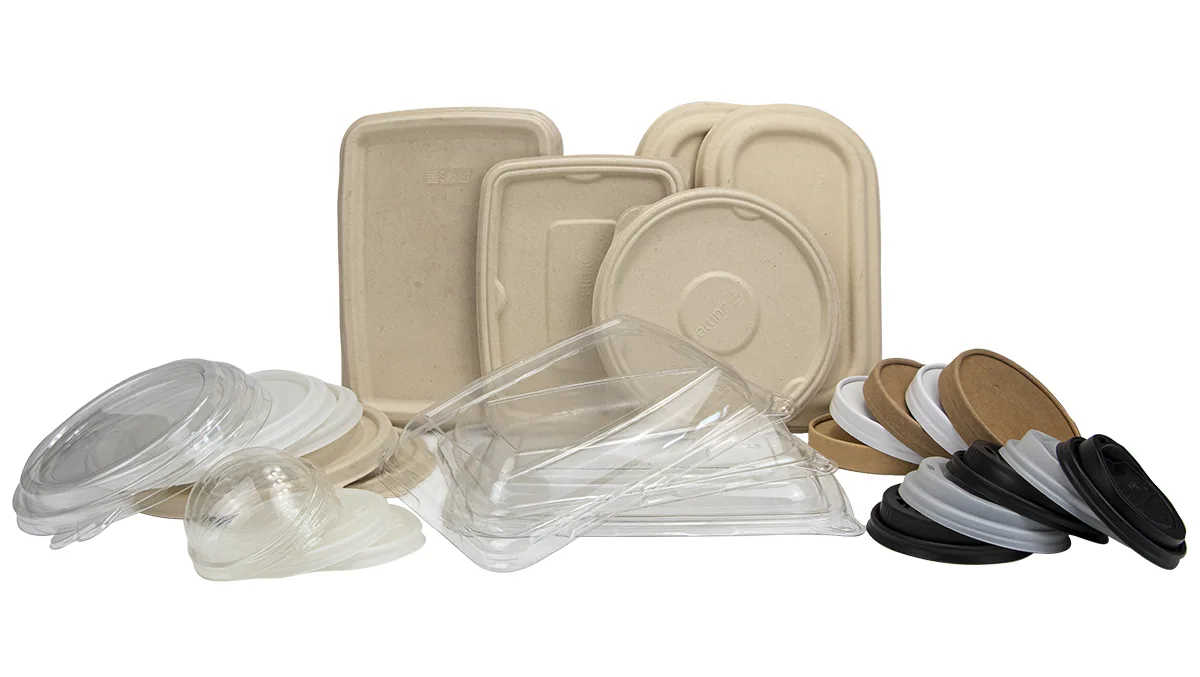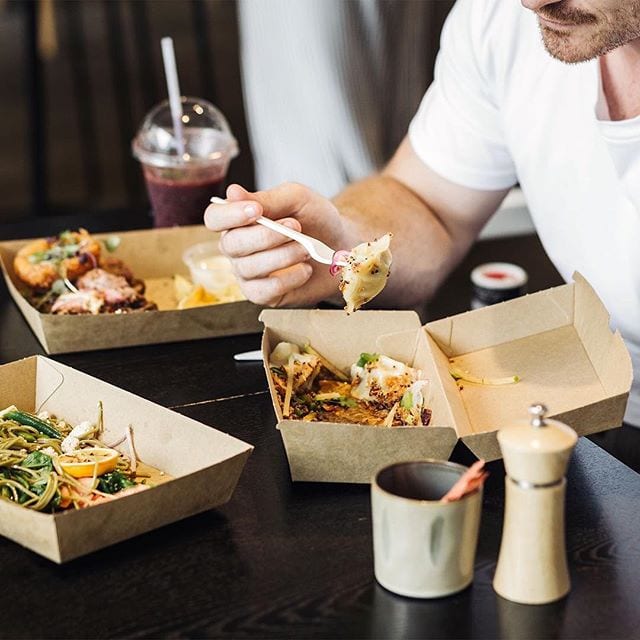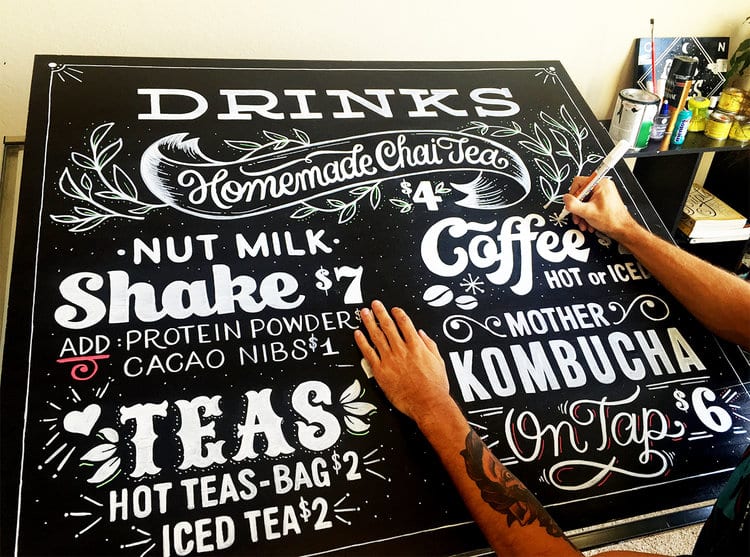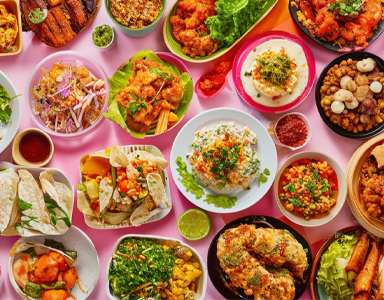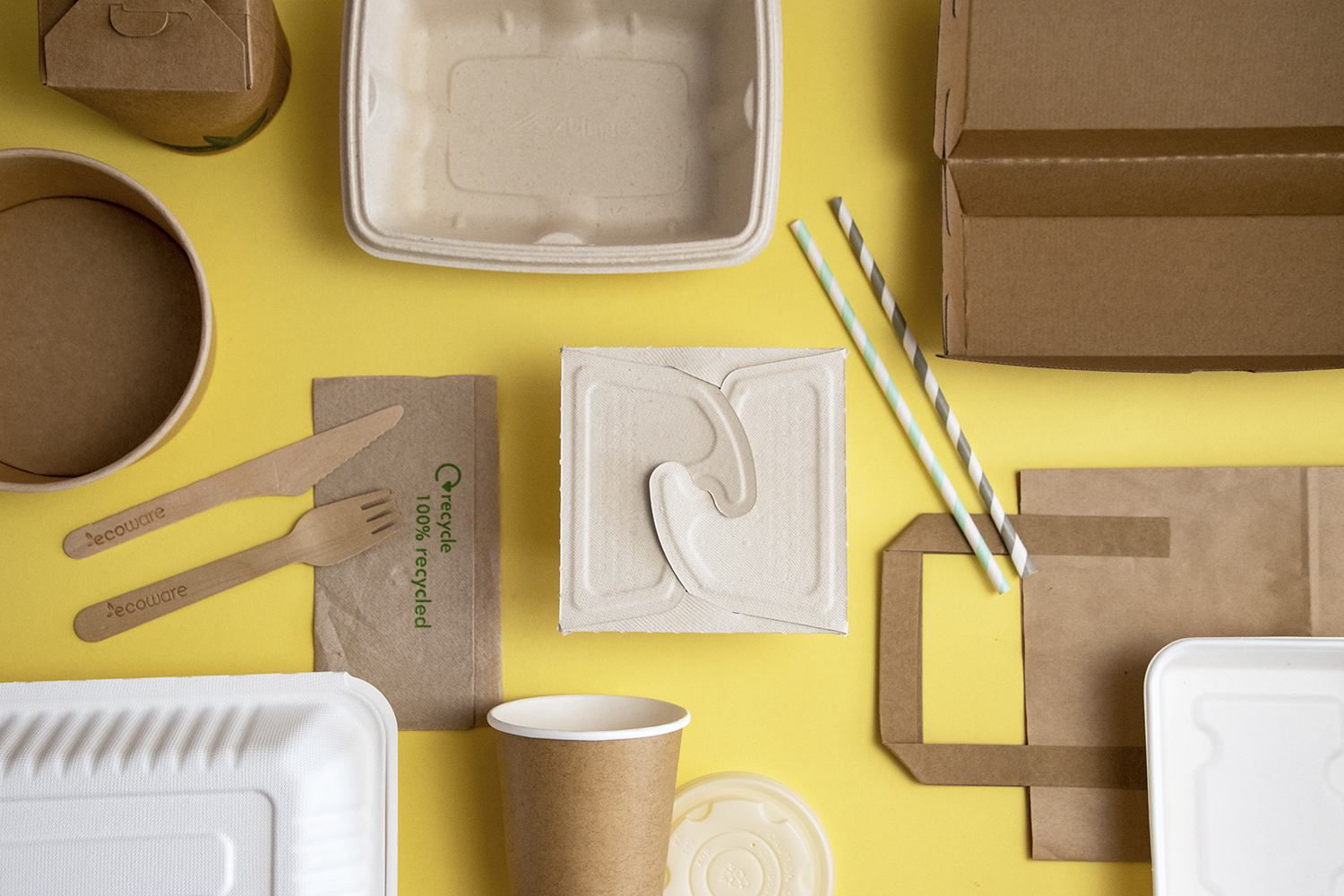Biodegradable packaging is the future! All Biodegradable products can be decomposed by microbes and other natural biological processes. Exposure to moisture, air and the earths elements enhance the breakdown process. Biodegradable products include those that consist of food waste, paper, wood and fabric. Below you will find information on all the different types of material that we use here at Takeaway Packaging.
History on Packaging
Biodegradable products first appeared on the market in the 1980s, however not all materials were actually biodegradable, and consumers had no way of distinguishing the difference between them. Then in 1999 the Biodegradable Products Institute certification program was created. This is a program that was established to provide testing, education and promotion of all compostable products. BPI ensures any products that carries its logo, meets the ASTM D6200 standard and specifications required to be composable. These days you will see something much simpler, to tell you that it is compostable. Products today will have either “compostable” “PLA” “biodegradable” or “100% recyclable” logos.
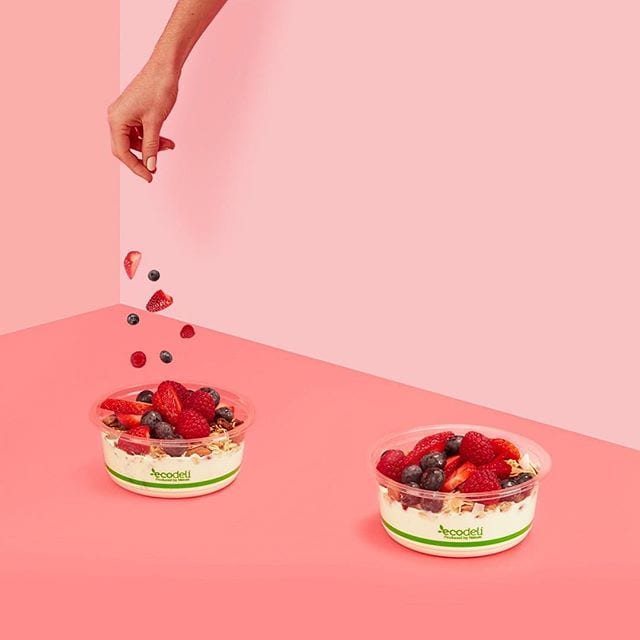
What is PLA?
Polylactic acid or polylactide is a biodegradable and bioactive thermoplastic aliphatic polyester derived from renewable biomass, typically from fermented plant starch such as corn, cassava, sugarcane or sugar beet pulp.
What is PET Plastic?
Polyethylene terephthalate, commonly abbreviated as PET, is a thermoplastic polymer resin of the polyester family. It is most often used in synthetic fibers, as a materialfor plastic bottles and food containers, in thermoforming applications, and in engineering resins often used in combination with glass fiber.
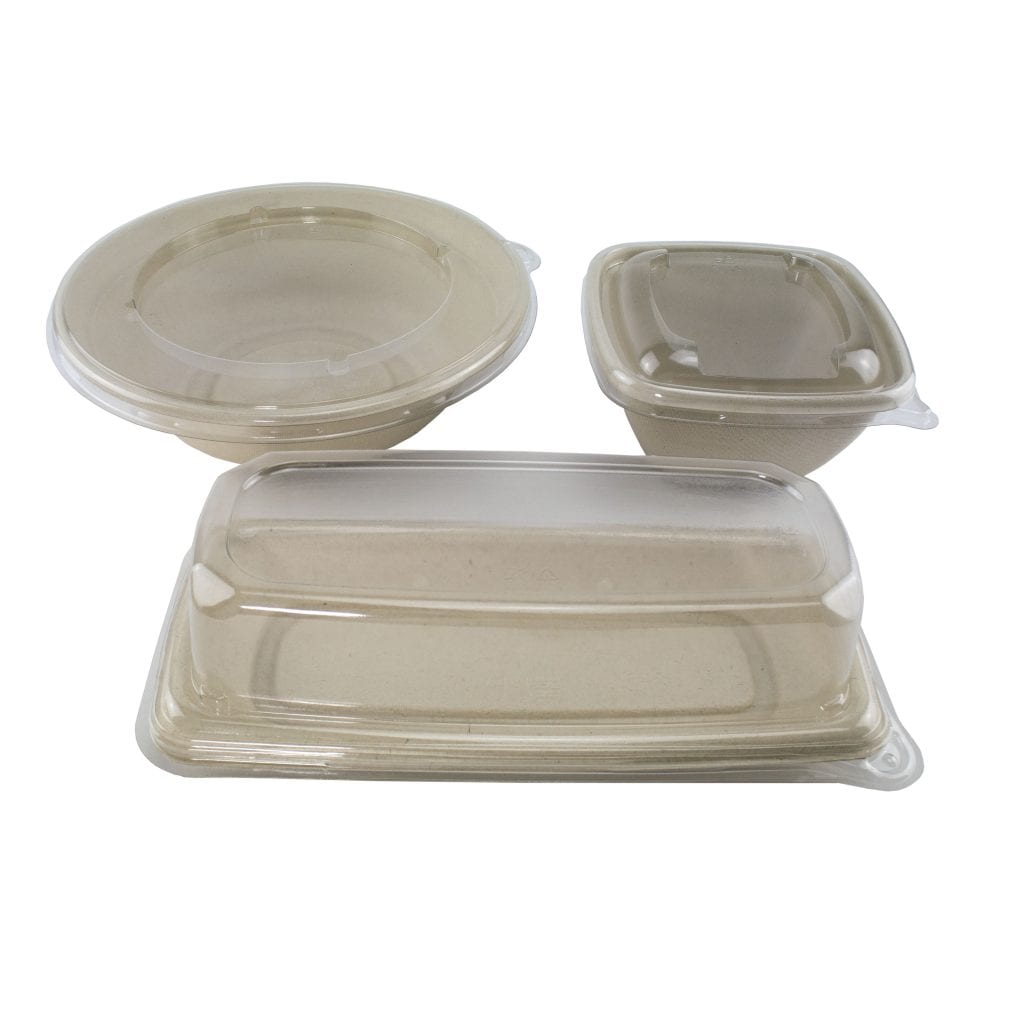
What is Sugarcane Pulp?
Sugarcane, also known as bagasse, is a renewable, fast growing resource that is grown for several purposes, like cane juice. Once the juice is extracted, the sugarcane stalk is usually incinerated or discarded. However, these crushed stalks can be saved and made into other items before they get discarded.
What is an FSC Accredited Sources?
FSC also licenses retailers and other end users to promote FSClabelled products, without holding FSC certification. This system allows consumers to identify, purchase and use wood, paper and other forest products produced from well-managed forests and/or recycled materials.
What is PE?
Polyethylene or polythene (abbreviated PE; IUPAC name polyethene or poly(methylene)) is the most common plastic. … Its primary use is in packaging (plastic bags, plastic films, geomembranes, containers including bottles, etc.). Many kinds of polyethylene are known, with most having the chemical formula (C2H4)n.
You now know about every type of material that we work with. All can be recycled. If you have any other questions about products or materials, then feel free to contact us and we can do our best to help. Takeaway Packaging is an environmental packaging provider for businesses in the food sector. Our vision is to convert 100% of both our new and existing customers to our sustainable packaging range by 2021.
Keep up
to date by following us on social media.
@TakeawayPack on
Twitter
@takeawaypackaging on
Facebook
@takeawaypackaging on
Instagram
Contact Us
Sign up for News & Special Offers


